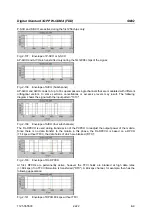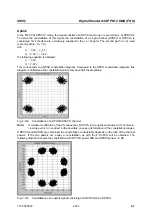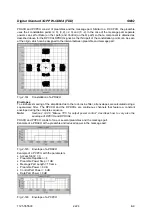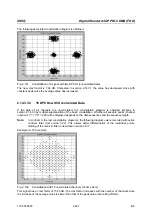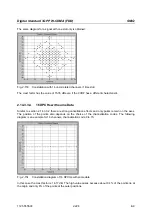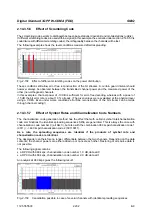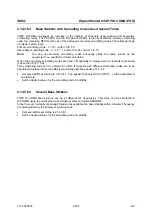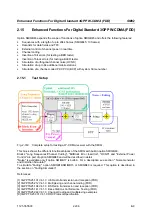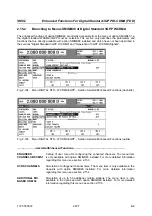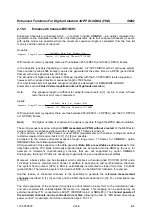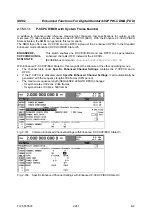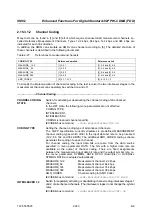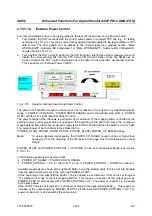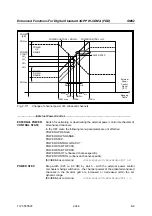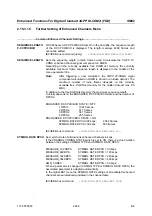
SMIQ
Digital Standard 3GPP W-CDMA (FDD)
1125.5555.03
E-9
2.235
2.14.3.6.3
Base Stations with Spreading Codes Used Several Times
3GPP W-CDMA envisages an increase in the number of channels using primary and secondary
scrambling codes. The PCCPCH and the first part of DPCHs is then sent with the primary scrambling
code, the remaining DPCHs with one of the assigned secondary scrambling codes. The following range
of values is given in [2]:
Primary scrambling code : n = 16 * i with i=0 to 511
Secondary scrambling code : n = 16 * i + k with i=0 to 511 and k=1 to 15
Note:
The use of secondary scrambling codes principally yields the same results as the
parameter T
offset
specified in former standards.
When the secondary scrambling codes
are used, orthogonality is impaired and a crosstalk is produced
(see section 2.14.3.5.6).
This scrambling code can be entered for a BS. If channels with different scrambling codes are to be
simulated, a division into several BSs is required as described under 2.14.3.6.2:
•
Set several BSs according to 2.14.3.6.1. The special channels (SCH, CPICH, ...) will be activated in
one BS only.
•
Set the desired values for the scrambling code for all BSs.
2.14.3.6.4
Several Base Stations
3GPP W-CDMA base stations can be at different RF frequencies. This case can be simulated in
WinIQSIM using the multicarrier mixed signal system and option SMIQB60.
Since there are normally not enough frequencies available, the base stations within a transmit frequency
are distinguished by the primary scrambling code.
•
Set several BSs according to 2.14.3.6.1.
•
Set the desired values for the scrambling code for all BSs.


